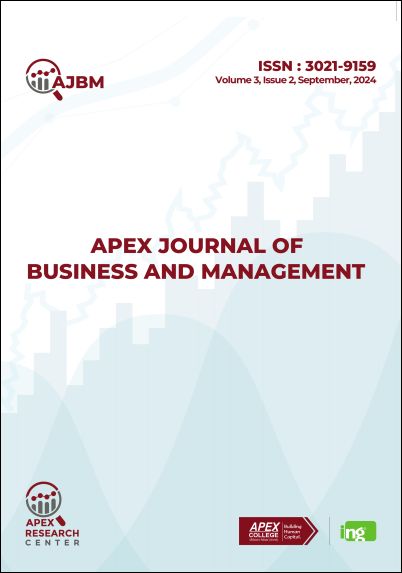Rationality and Behavioral Biases in Investment Decision Making
Keywords:
behavioral biases, disposition effect, herding, overconfidence, rationalityAbstract
The objective of this study is to examine the relationship between the rational decision-making process and behavioral biases among investors, as well as to assess the impact of demographic variables on these biases. Employing a quantitative approach with a descriptive and correlational research design, data were collected through a survey conducted from October to December 2021, resulting in 384 valid responses. Confirmatory factor analysis was utilized to validate the factors identified in the exploratory phase, while the Mann-Whitney U test and Kruskal-Wallis H test analyzed associations with demographic characteristics. The findings indicate that Nepalese investors generally adhere to a rational decision making framework, identifying investment demand, searching for information, and evaluating alternatives. However, they also exhibit notable behavioral biases; female investors are more susceptible to the disposition effect and herding bias, while male investors tend to display greater overconfidence. Age differences showed no significant relationship with the disposition effect or overconfidence, but younger investors (under 25) were more prone to herding bias. This study offers valuable insights for financial advisors, enabling them to understand client psychology better and develop tailored investment strategies. Overall, it enhances the understanding of behavioral biases in the Nepalese context, highlighting the need for further research in this area.
Downloads
Downloads
Published
How to Cite
Issue
Section
License
Copyright (c) 2024 The Author(s)

This work is licensed under a Creative Commons Attribution-NonCommercial 4.0 International License.
This license requires that reusers give credit to the creator. It allows reusers to distribute, remix, adapt, and build upon the material in any medium or format, for noncommercial purposes only.




